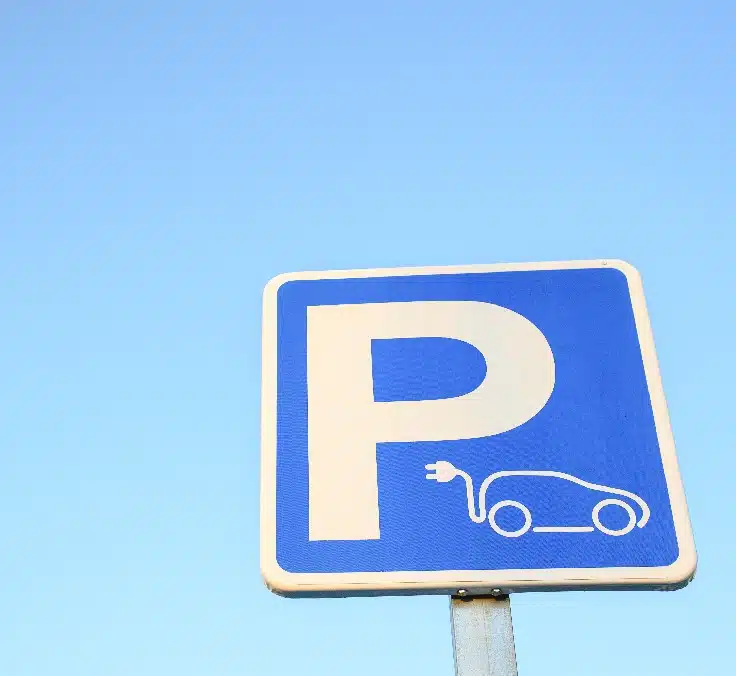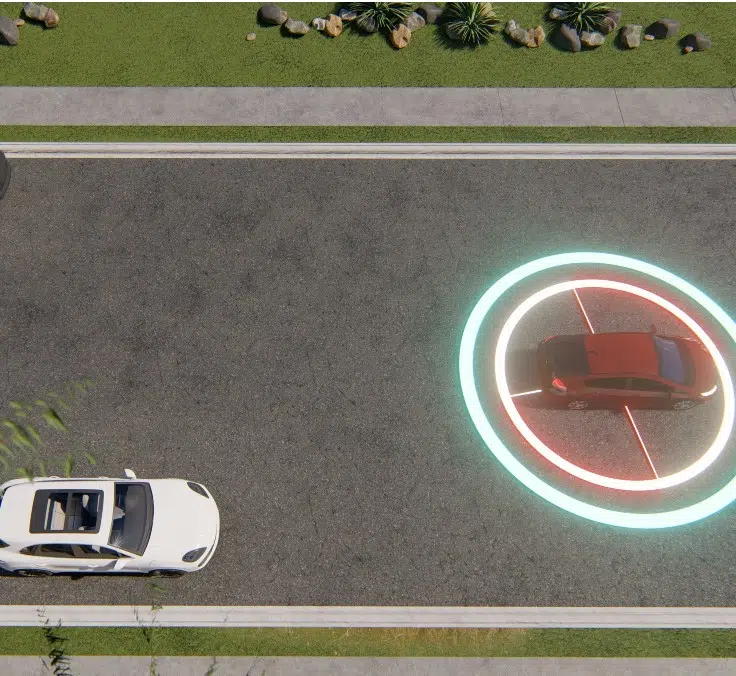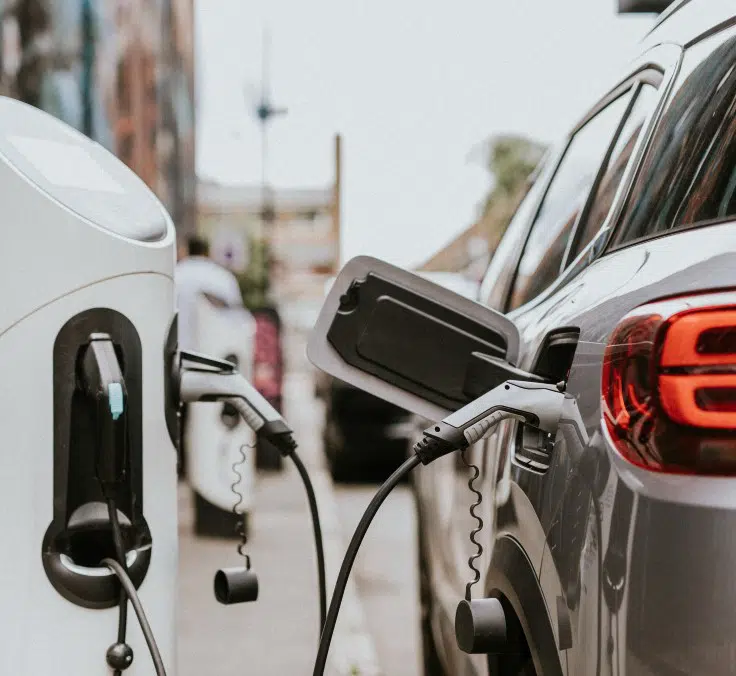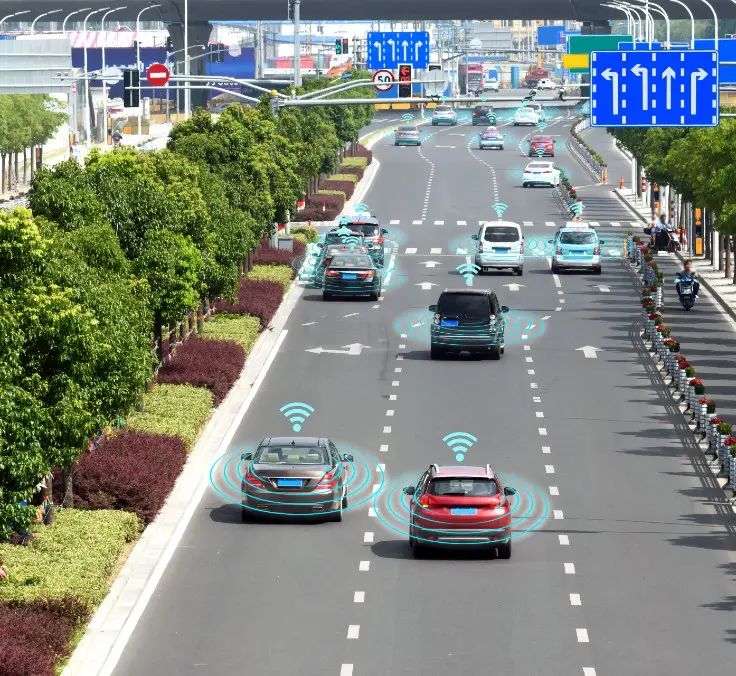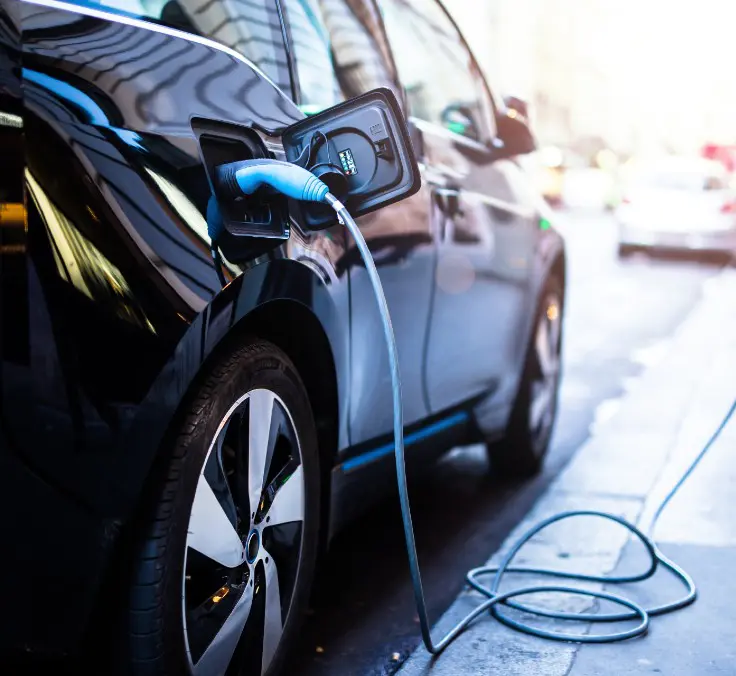SUSTAINABILITY| 19.04.2023
European Union takes steps toward doing away with combustion vehicles
In recent weeks, there has been an intense debate on the new European Union regulation that seeks to ban the sale of internal combustion vehicles from 2035 onwards. The measure has been taken in an effort to reduce greenhouse gas emissions and speed up the transition to a low-carbon economy.
After Germany, Europe’s automotive industry country par excellence, had held up the agreement for weeks in order to obtain an exemption for certain climate-neutral fuels, the EU finally approved the law at the end of March that will ban sales of all new cars and vans with combustion engines from 2035 onwards.
Since the decision was put on the table, it has raised doubts among consumers: Is it time to buy an electric vehicle? Will it be more expensive to maintain? How will this decision affect my car insurance?
If all these questions are on your mind too, in this article we will try to clear them up and help you understand more clearly how the EU’s decision to move towards zero emissions will affect us.
The electric vehicle vs. the classic combustion engine
Since the ban on new combustion engines will not come into force for another twelve years, as Alexander Held of Verti Versicherung AG says, we cannot yet advise against the purchase of such vehicles. This is because combustion vehicles will still account for a large share of road traffic after 2035, so there is still no forecast of when there will be a general driving ban for diesel, gasoline or hybrid vehicles.
The key factor when speaking of electric vehicles is still: their charging infrastructure. Consumers who have a private charging station or can install one at home will find it easier to switch to such a vehicle. However, those who depend on public charging stations and therefore value the range of electric vehicles may be more reluctant to purchase them. The upside, as Alexander also states, is that the infrastructure of charging stations is expected to expand in the coming years, and as this happens, the range of models will also widen, with more and more affordable options becoming available for consumers.
What are the differences in maintenance costs?
In general, electric vehicles require less regular maintenance than internal combustion vehicles. For example, they do not require oil changes, air filters or spark plugs, which reduces maintenance costs and increases the service life of certain parts. In addition, electric motors have fewer moving parts than combustion engines, which translates into less wear and tear and therefore lower long-term maintenance costs.
In Europe, there are some countries that offer tax incentives to encourage the purchase of electric vehicles and may exempt them from paying registration tax, while other countries apply a lower tax rate or the same rate as for internal combustion vehicles. For example, in Spain, electric vehicles are exempt from registration tax. In contrast, other countries, such as Germany, apply a reduced tax rate for electric vehicles.
In addition, many countries are offering subsidies for the purchase of electric vehicles, as is the case in Germany, where anyone who purchases an electric vehicle with a price of less than 40,000 euros will be entitled to aid of 4,500 euros.
In addition, the cost of charging an electric vehicle is considerably lower than the cost of filling the fuel tank of a gasoline or diesel vehicle. Although the battery of an electric vehicle can be a major cost at the time of purchase, today’s batteries last much longer than they did a few years ago.
Another feature of electric vehicles is that they use a regenerative braking system that harnesses kinetic energy to recharge the battery. This system reduces brake wear, which translates into lower long-term maintenance costs.
The insurance industry is also adapting to this new reality. More and more companies are offering products and coverage designed specifically to meet the needs of electric vehicles.
In short, this all means that electric vehicles have lower maintenance costs than internal combustion vehicles. However, it is important to keep in mind that maintenance costs also depend on the model and make of the vehicle, as well as how it’s used.
How will the EU decision affect the availability of insurance for electric vehicles?
What is clear for now is that the availability of insurance for these vehicles will increase, as the market for electric vehicles is expected to grow. In addition, electric vehicles may have unique features that can affect insurance costs, such as high-tech batteries and lack of charging infrastructure. These factors can influence insurance rates and the availability of coverage.
Therefore, we can readily say that the EU decision may influence how insurance providers adjust their offerings to be able to meet changing customer needs in the future.
Transition to a low-carbon and sustainable economy
This measure has been applauded by many environmental experts and organizations that see it as an important step towards reducing greenhouse gas emissions and combating climate change. However, it has also generated resistance among some sectors of the industry and some EU members, who see it as a threat to the employment and competitiveness of the industry.
Among the main criticisms of the regulation is the lack of investment in infrastructure and technology for electric vehicles and the lack of viable alternatives for many consumers living in rural areas or areas with difficult access. In addition, some experts point out that the ban could cause electric vehicle prices to rise due to the high demand that would be generated.
In any case, the ban on internal combustion vehicles from 2035 is a major step in the fight against climate change and the transition to a more sustainable, low-carbon economy. Although much remains to be done in terms of investment in infrastructure and technology for electric vehicles, this regulation brings us closer to achieving the EU’s climate targets and fulfilling the Paris Agreement.
RELATED ARTICLES:


